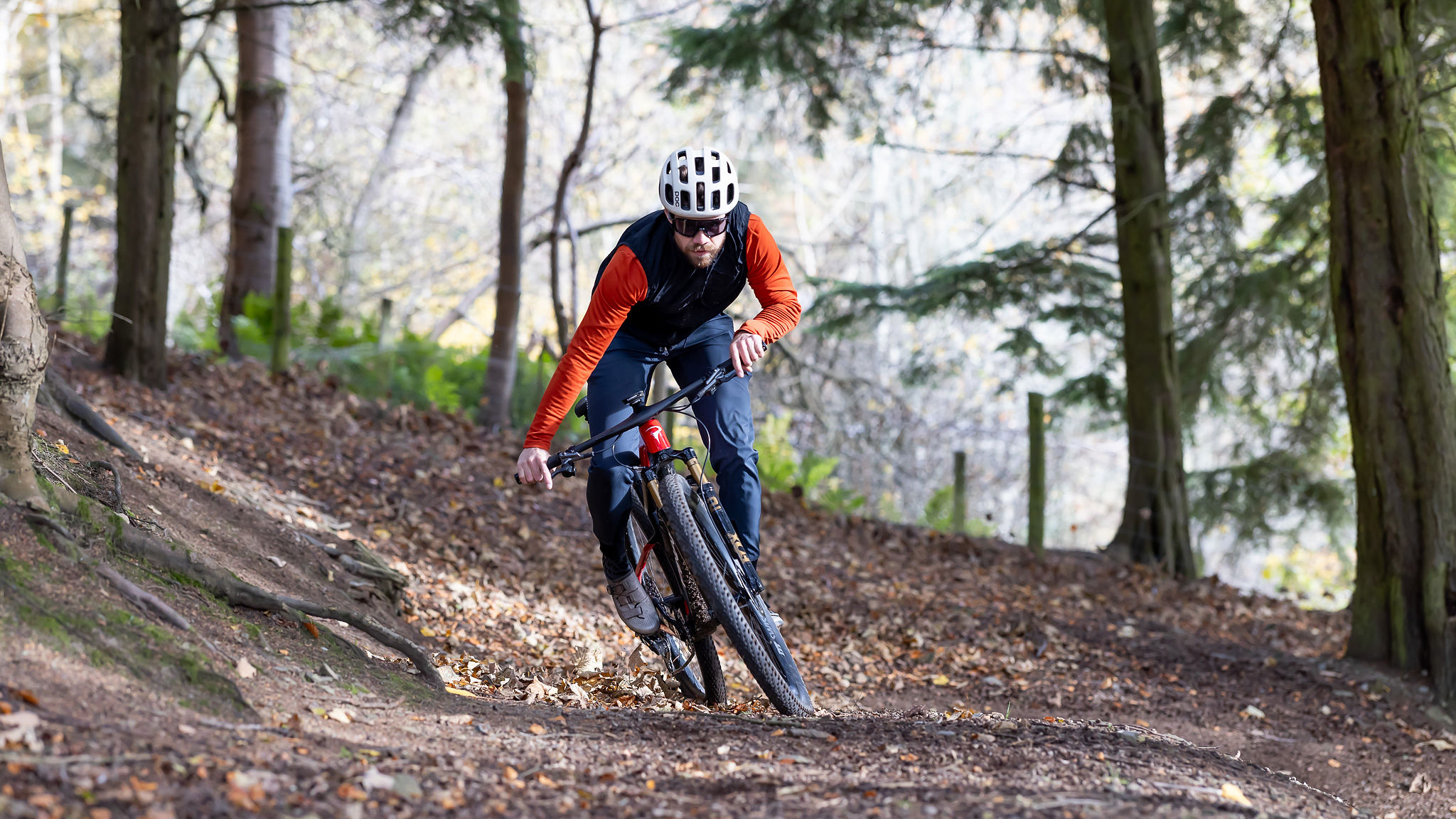e-MTB tech: what to expect in the future
We evaluate the trends and predict what the next big thing will be for your e-MTB
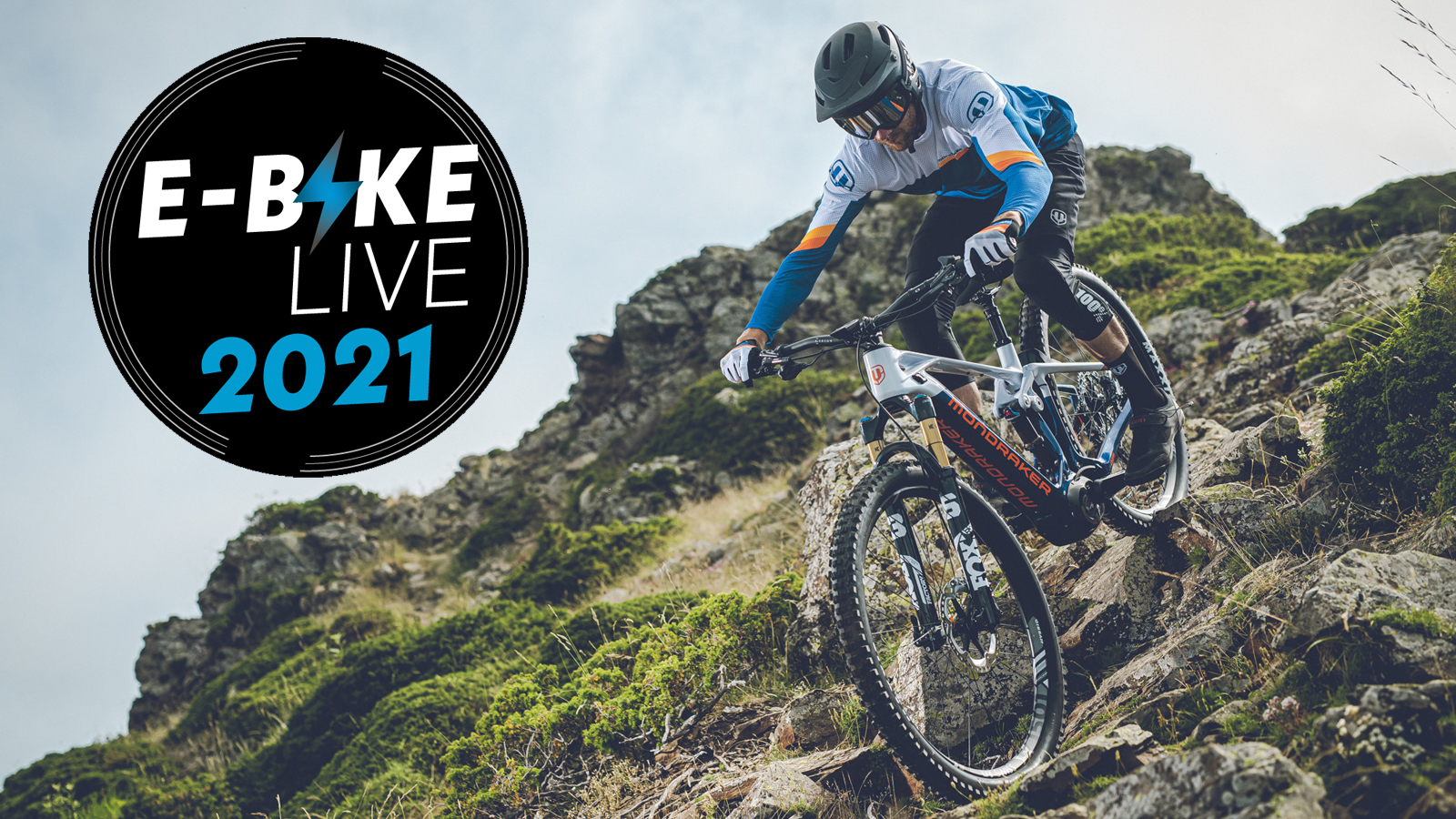
The mountain bike industry is boldly innovative but can also be deeply traditional. Industrial designers and engineers are incentivized to boldly experiment with new materials, new suspension linkages and active dampers.
With e-MTBs, the technology influence is broader than legacy mountain bike component suppliers and engineering peer review groups. Motors and batteries are technologies that are widely used in the automotive and consumer electronics industries, bringing new trends, momentum and scale into the mountain bike market.
What will be the most exciting and transformative technological innovation that might be coming soon to e-MTBs?
- Best budget e-MTBs: great e-mountain bikes that won't break the bank
- Best e-MTB motors: choosing the best e-MTB motor for your riding
Grams still matter most
No discipline of cycling will ever decouple from its obsession with weight. And the e-MTB is no different.
Weights will continue to drop, not only benefiting singletrack riding enjoyment and steep descending dynamics, but also range. Lighter e-MTBs use less battery power, which equals greater range.
Some of the large mountain bike brands that have committed to e-MTBs are already differentiating their model ranges between high- and mid-output bikes. A good example of this is Specialized.
The Californian cycling giant offers the Levo and Kenevo e-MTBs with two very distinct mid-drive motor capacities. If you are a fitter rider, there is the option of Specialized’s SL-grade e-MTBs, which use a 240W motor. Riders who need a bit more pedal assistance, and like the benefit of long-travel suspension, can opt for the 560W Levo and Kenevo.
Smaller motors are lighter, but where can more weight be saved in future e-MTB models?
It is unlikely that grams can be sacrificed from carbon fiber frames. The chassis is required to be structurally adequate to the task of carrying the additional weight of a motor and battery, especially when landing jumps, rolling drop-offs or pinging through long, technical rock gardens. Instead, the biggest weight savings will most likely be found as battery technology improves, becoming smaller and lighter.
Solid-state
Batteries provide great potential weight savings on e-MTBs. This is where mountain biking can gain from more powerful tech in the consumer electronics and automotive industries.
As demand for electric cars and personal devices with greater battery endurance keep increasing, battery chemistries are evolving. E-MTBs are powered by lithium-ion battery packs, which are the standard for electric cars and things such as your smartphone and laptop. This means e-MTB designers can literally plug into the latest battery design trends.
The most promising energy density development with batteries appears to be solid-state batteries, which engineers believe will offer double the riding range of current lithium-ion packs.
Many e-MTB riders don’t require a greater pedaling range but want a lighter bike to flick through off-camber corners. Solid-state batteries could accommodate riders' current needs in terms of battery endurance, but in a smaller package, with less weight.
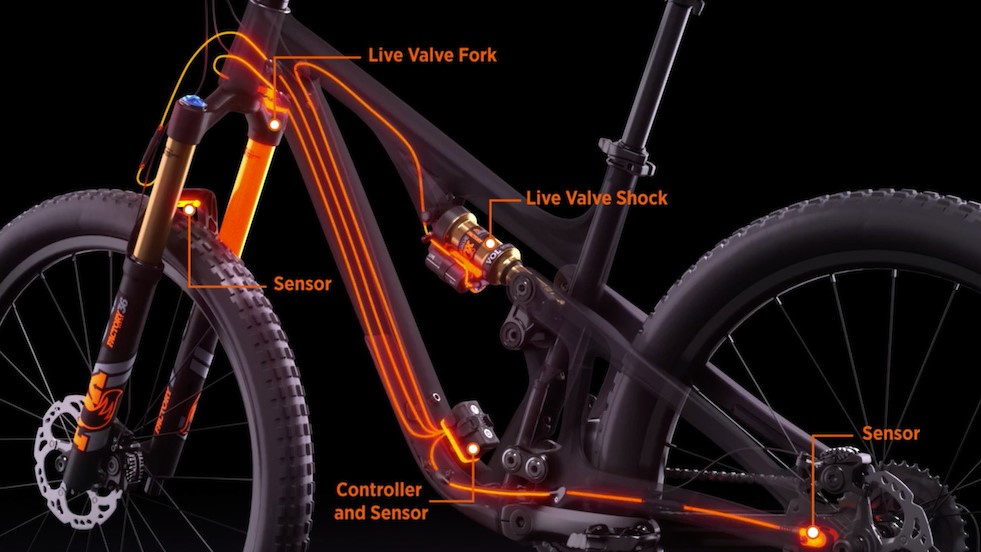
Active suspension
Smaller sensors, faster processors and better wireless signaling have finally made the dream of active suspension close to reality.
With the e-MTB having an abundance of onboard power compared to an analog mountain bike, powering the hardware to enable autonomous suspension isn’t a challenge. Your e-MTB is built to be digitally connected, which is exactly what an electronically enhanced suspension system thrives on.
Not all mountain bikers have the patience or technical intuition to understand suspension setup. This is a pity, as poorly configured suspension ruins the potential of your dual-suspension e-MTB.
With an electronically mastered active suspension system, all you need to think about is enjoying your descent. A collection of sensors and adjuster modules control the compression valving and rebound settings on your damper, intelligently ‘reading’ the terrain and gradient.
Any fixed suspension setting is by implication a compromise. With an electronically reactive and adaptable suspension system, your e-MTB can use all the compression and rebound adjustability available with a damper to deliver the best possible traction and ride comfort.
Most premium forks and shocks have between 12- and 16 clicks of adjustment. That’s a lot of variabilities, and with an electronically adjustable system, you could get the full benefit on your descent, instead of having to use the narrow range of a single fixed setting.
Current technologies, such as Fox’s Live Valve, are limited to the low-speed compression circuit. But with the onboard power of an e-MTB, the potential is there to increase the electromagnetic and mechatronic functions, adding active rebound adjustment.
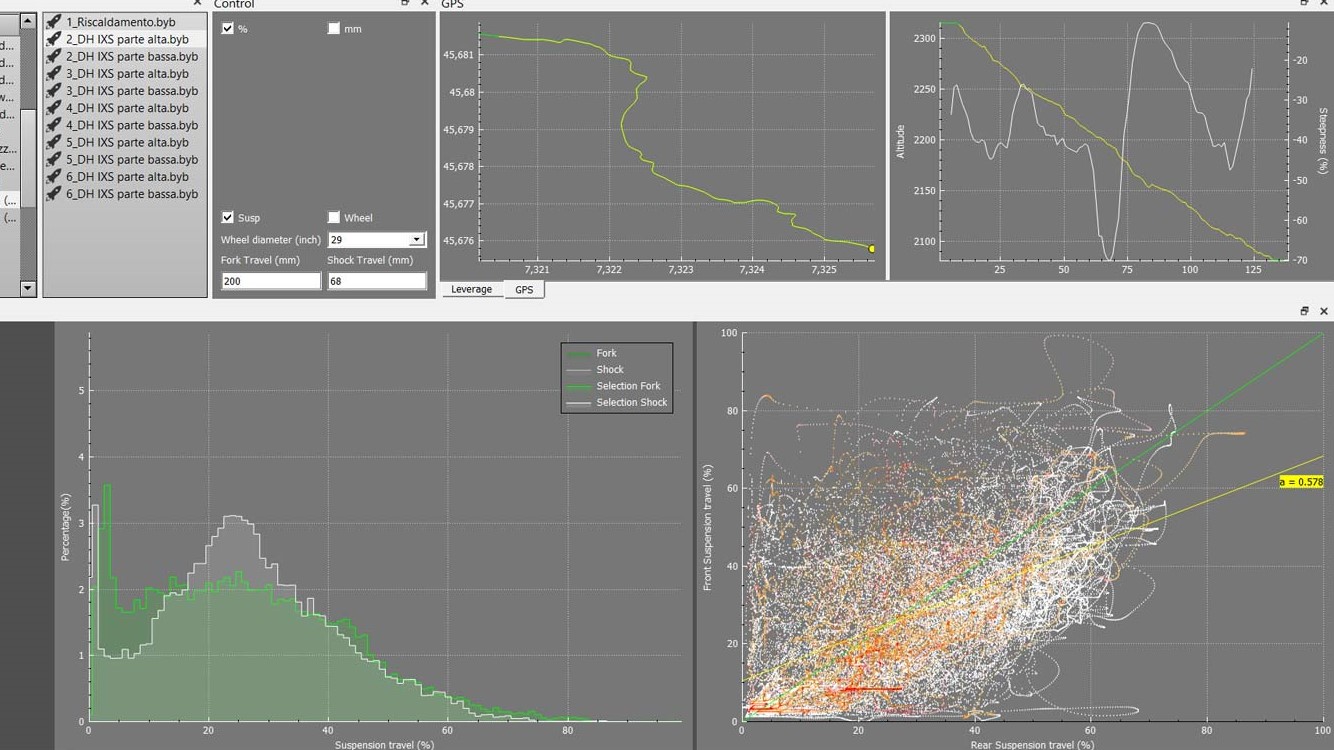
Telemetry and a deep data experience
We all use Strava and recognize the benefit of data to catalog, compare and plan our training. But what if you could access even deeper data, to show you those strengths and weaknesses in your technical descending?
Linked to the possibilities of an electronically controlled suspension is the harvesting and patterning of ride data. In the future, your e-MTB could store important data about traction, lean angle and suspension action in relation to specific trail features.
Rich data could be entered into advanced algorithms and interpretive software, helping riders to map and understand their technical trail riding better. While suspension telemetry devices already exist, most notably Quarq Shockwiz, we will undoubtedly begin to see manufacturers integrating this tech into suspension and frames. This could evaluate your riding data on a specific trail and recommend how air pressure could be adjusted to optimize sag, rebound and compression. Combine this with GPS and there is nothing to say that your suspension couldn't self adjust to the perfect setting before each trail in the future.
- Best MTB groupsets: the best mountain bike groupsets tested
- Best mountain bike brakes: Bike Perfect's pick of the best MTB brakes
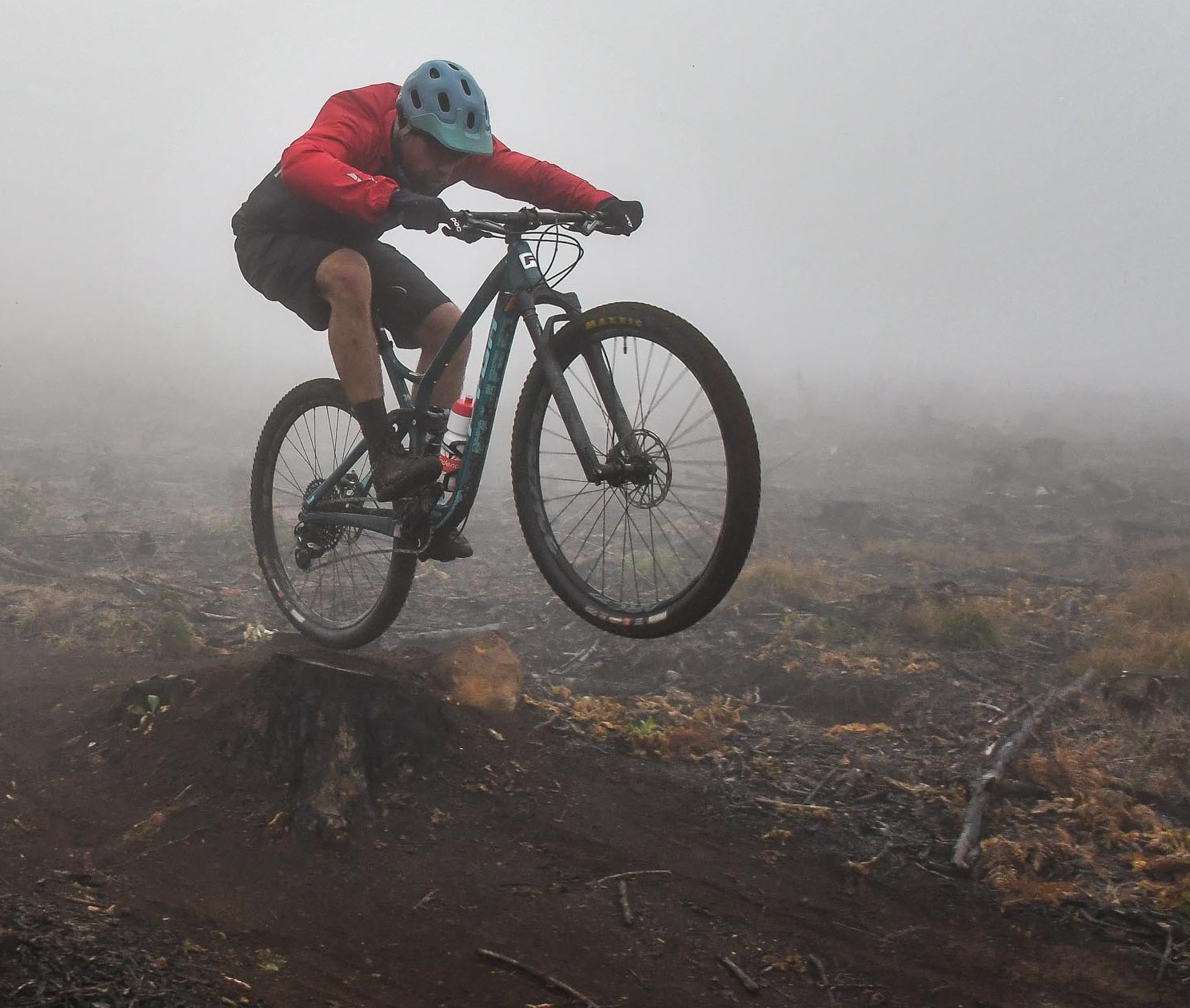
Lance Branquinho is a Namibian-born journalist who graduated to mountain biking after injuries curtailed his trail running. He has a weakness for British steel hardtails, especially those which only run a single gear. As well as Bike Perfect, Lance has written for MBR.com, Off-Road.cc and Cycling News.
